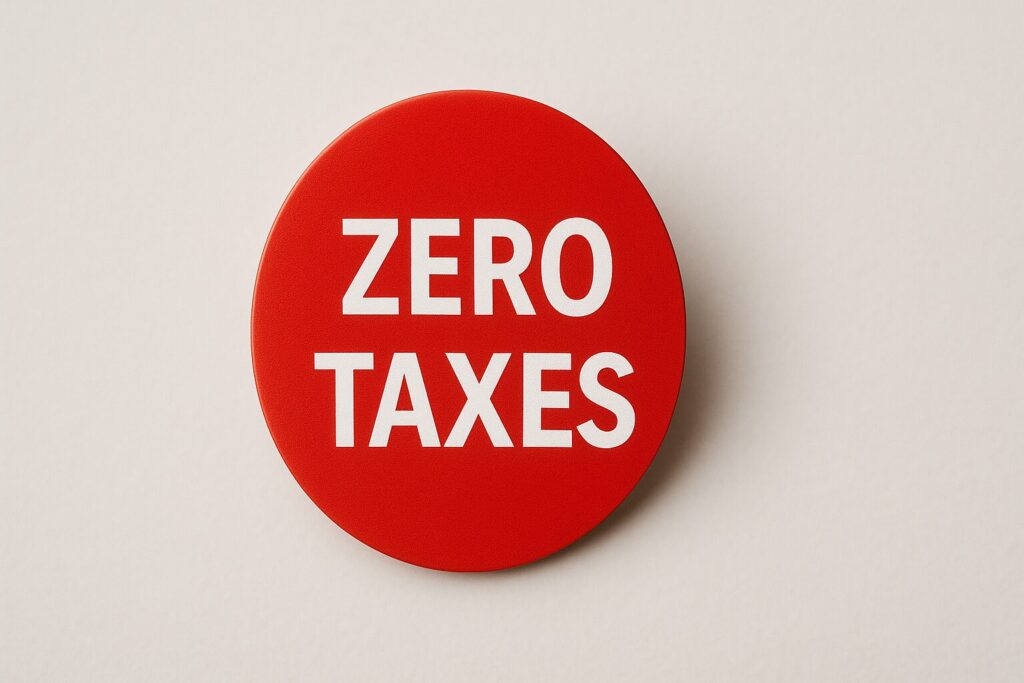
What if we told you that you might be able to sell your stocks for a profit—and not owe a dime in taxes? It sounds too good to be true, but for many retirees with modest incomes, that’s exactly how the capital gains tax rules work. Understanding when and how this special rule applies can help you plan smarter and keep more of your investment profits.
Let’s break it down in plain English.
What Are Capital Gains?
When you sell an investment—like a stock or mutual fund—for more than you paid for it, the profit is called a capital gain. If you held the investment for more than a year, it’s considered a long-term capital gain, and that’s important because long-term gains are taxed at lower rates than short-term gains.
The Magic of the 0% Capital Gains Tax Rate
Here’s the exciting part: there’s a special 0% tax bracket for long-term capital gains. If your taxable income falls within certain limits, your long-term gains may be completely tax-free.
In 2025, here are the general thresholds for married couples filing jointly and single filers:
- Single Filers: Taxable income up to $47,025 may qualify for the 0% rate
- Married Filing Jointly: Taxable income up to $94,050 may qualify
These income levels include your capital gains. So, if your total taxable income—including Social Security, pensions, dividends, and gains—stays under the threshold, you may pay zero tax on your profits.
A Simple Example
Let’s say you’re a retired couple with:
- $30,000 in Social Security benefits
- $15,000 from a small pension
- $20,000 in long-term capital gains from stocks you’ve held for over a year
Because only part of your Social Security is taxable, your total taxable income may fall under the $94,050 limit. That means the entire $20,000 in capital gains could be taxed at 0%.
This is a perfect example of how knowing the rules can help you make smart moves—and potentially save thousands in taxes.
Important Things to Know
Before you go cashing in all your investments, keep these tips in mind:
- Short-term gains don’t qualify. Only investments held longer than one year are eligible for the 0% rate.
- The 0% bracket is based on taxable income, which is your income after deductions.
- Social Security can complicate things. Some of it may become taxable depending on your other income, so work with a tax advisor or use tax software to estimate where you stand.
- Watch out for Medicare premiums. Selling investments and realizing too much income—even at 0% tax—could bump you into a higher Medicare premium bracket.
Strategic Uses for This Loophole
Smart retirees use this loophole to:
- Sell appreciated investments tax-free
- Rebalance their portfolios without penalty
- Do “gain harvesting”—intentionally selling stocks to lock in gains at 0%, then repurchasing them (which resets the cost basis and lowers future taxes)
If you’re in the right income range, these strategies can be incredibly valuable.
Bottom Line
If you’re a retiree with a moderate income, you may qualify for the 0% capital gains tax rate—a little-known but powerful rule that could save you thousands of dollars. With a little planning, you can sell appreciated investments and legally owe nothing in federal taxes on your profits.
This post is excerpted from my book: Tax Loopholes Just for Seniors: 33 Ways to Slash Your Taxes Right Now, available at Amazon.com in paperback or eBook format. It’s filled with real-world strategies and easy-to-follow advice for cutting your tax bill in retirement.
Disclaimer: This article is for informational purposes only and is not intended as tax, legal, or financial advice. Everyone’s situation is different. Please consult with a qualified tax professional before making decisions based on your income or tax status.